Pflegekräfte können die besonderen Belastungen ihres Berufs bewältigen, indem sie verschiedene wirksame Strategien zur Stressreduzierung anwenden. Dazu gehören tiefe Atemtechniken, Achtsamkeit, regelmäßige körperliche Aktivität und ausreichend Schlaf.
Der Aufbau eines starken Unterstützungssystems, die Ausübung persönlicher Hobbys und das Setzen klarer beruflicher Grenzen spielen ebenfalls eine wichtige Rolle. Darüber hinaus sind Selbstmitgefühl und die Förderung eines positiven, unterstützenden Arbeitsumfelds für das langfristige Wohlbefinden unerlässlich, wie die American Psychiatric Nurses Association empfiehlt.
Pflege ist ein Beruf, der auf Mitgefühl basiert, aber oft mit körperlicher Erschöpfung, emotionaler Belastung und chronischem Stress einhergeht. Ob Sie 12-Stunden-Schichten arbeiten, emotional intensive Momente meistern oder die Patientenversorgung nacheinander bewältigen müssen – Burnout ist in der Pflegebranche eine häufige Bedrohung.
Aber hier ist die gute Nachricht: Selbst inmitten des Chaos können Sie mithilfe praktischer, evidenzbasierter Stressbewältigungstechniken, die auf Ihre Realität als Krankenschwester zugeschnitten sind, wieder zur Ruhe kommen.
Lassen Sie uns 9 Praktiken zur Stressreduzierung erkunden, von schnellen Mikropraktiken bis hin zu Änderungen des Lebensstils und technisch unterstützten Erholungstools, die alle so konzipiert sind, dass sie selbst in die arbeitsreichste Schicht passen.
1. Erkennen Sie die Anzeichen eines Burnouts bei Krankenschwestern
Bevor Sie Stress bewältigen können, müssen Sie ihn erkennen.
Zu den häufigsten Anzeichen gehören:
-
Müdigkeit, die durch keinen Schlaf behoben werden kann
-
Kopfschmerzen, Muskelverspannungen oder Verdauungsprobleme
-
Gefühl der Distanz oder emotionalen Taubheit
-
Reizbarkeit oder Angst während oder nach Schichten
-
Schlafstörungen, auch bei Erschöpfung
Das Ignorieren dieser Signale kann zu Mitgefühlsermüdung, medizinischen Fehlern oder langfristigen Gesundheitsproblemen führen. Je früher Sie handeln, desto besser.
2. Die Macht der Mikropraktiken (Die NURSE-Methode)
Bei kurzen Pausen und knapper Zeit sind umfassende Selbstpflegeroutinen nicht immer praktikabel. Hier kommen Mikropraktiken ins Spiel: kleine, leistungsstarke Tools, die Sie direkt bei der Arbeit einsetzen können.
Inspiriert von einer im Journal of Radiology Nursing (PMC9595406) veröffentlichten Studie bietet Ihnen das NURSE-Modell einen 5-stufigen Stress-Reset in weniger als 2 Minuten:
N – Nennen Sie es: „Ich bin ängstlich.“
U – Verstehen: Anerkennen, ohne zu urteilen.
R – Umformulieren: „Ich habe das schon einmal gemacht. Ich kann das.“
S – Langsamer werden: Atmen Sie dreimal tief und langsam ein.
E – Empathize (Einfühlen): „ Ich gebe mein Bestes. Das ist genug.“
Diese einfachen Schritte aktivieren Ihr parasympathisches Nervensystem und können zwischen Patienten, vor der Dokumentation oder zu Beginn Ihrer Schicht wiederholt werden.
3. Achtsames Atmen und PMR (Progressive Muskelentspannung)
Wenn der Stress seinen Höhepunkt erreicht, staut sich der Stress oft im Nacken, Kiefer, den Schultern oder der Brust. Zwei wissenschaftlich fundierte Techniken, die Sie ausprobieren können:
-
Boxatmung: 4 Zählzeiten lang einatmen → 4 Zählzeiten lang anhalten → 4 Zählzeiten lang ausatmen → 4 Zählzeiten lang anhalten. 4 Zyklen wiederholen.
-
Progressive Muskelentspannung: Beginnen Sie bei den Zehen, spannen Sie jede Muskelgruppe 5 Sekunden lang an und lassen Sie dann los.
-
Schon 5 Minuten können körperliche Anspannung lösen und die geistige Klarheit wiederherstellen.
4. Bewegen Sie Ihren Körper auf jede erdenkliche Weise
Sie brauchen keine Mitgliedschaft im Fitnessstudio, um die Vorteile der Bewegung zu erleben:
-
Nehmen Sie die Treppe
-
Dehnen während der Übergabe
-
Machen Sie nach Ihrer Schicht einen 10-minütigen Spaziergang
Sport senkt den Cortisolspiegel, steigert die Endorphinproduktion und verbessert sogar die Schlafqualität. Ein flotter Spaziergang zwischen den Schichten kann effektiver sein als eine komplette Trainingseinheit, zu der Sie nie kommen. Stress und Angst können ebenfalls Schwindel verursachen , üben Sie daher diese Techniken.
 Sind Sie nach einer stressigen Schicht erschöpft und brauchen eine schnelle Möglichkeit, sich zu erholen?
Sind Sie nach einer stressigen Schicht erschöpft und brauchen eine schnelle Möglichkeit, sich zu erholen?
Probieren Sie neuroVIZR aus , ein Licht- und Ton-Gehirn-Wellness-System, das die Stressphysiologie in nur einer kurzen Sitzung (~11 Minuten) sanft wieder ins Gleichgewicht bringt . Viele Pflegekräfte finden es hilfreich bei:
-
Linderung von Restspannungen nach langen oder intensiven Schichten
-
Schärfung des mentalen Fokus und Verbesserung des emotionalen Gleichgewichts
-
Unterstützt die Flüssigkeitszufuhr und erholsame Schlafmuster im Laufe der Zeit
Nutzen Sie neuroVIZR- Gehirntrainingsgeräte zusammen mit tieferer Atmung, Muskelentspannung oder geführter Imagination für ein ganzheitliches Stress-Toolkit. Es ist nicht-pharmazeutisch, einfach im Pausenraum oder zu Hause anzuwenden und eine praktische Ergänzung zu den Techniken in diesem Blog.
5. Versorgen Sie Ihren Körper mit stressreduzierenden Lebensmitteln
Ihr Gehirn braucht den richtigen Treibstoff, um mit Druck fertig zu werden. Entscheiden Sie sich für:
-
Komplexe Kohlenhydrate (wie Hafer, Quinoa)
-
Omega-3-Fettsäuren (Lachs, Leinsamen)
-
Magnesiumreiche Lebensmittel (Spinat, Mandeln)
-
Flüssigkeitszufuhr statt Koffeinüberschuss
Vermeiden Sie es, Mahlzeiten auszulassen, insbesondere während langer Schichten. Wenn Sie sich etwas zum Mitnehmen zubereiten, bleiben Sie auch in Zeiten mit wenig Zeit gut ernährt.
6. Nutzen Sie Meditation und geführte Imagination
Eine Studie des NIH zeigt, dass bereits kurze Meditationssitzungen Stress reduzieren und die Konzentration steigern können.
Apps wie:
-
Insight-Timer
-
Einfache Gewohnheit
-
Atmen
bieten 5–10-minütige geführte Meditationen an, die speziell auf Mitarbeiter im Gesundheitswesen zugeschnitten sind. Schon das Schließen der Augen für einen Moment und die Vorstellung einer friedlichen Umgebung können Ihr Nervensystem zurücksetzen.
7. Technisch verbesserte Erholung: Versuchen Sie es mit Gehirnwellenstimulation
Neue Tools wie neuroVIZR verwenden audiovisuelle Synchronisation (AVE) – sanfte Licht- und Tonmuster, die Ihre Gehirnwellen in entspannte, konzentrierte oder meditative Zustände versetzen .
So hilft es Pflegekräften:
-
Kurze 11-minütige Sitzungen vor dem Schlafengehen verbessern den Schlaf
-
Die Einnahme während der Schicht kann rasende Gedanken beruhigen
-
Nicht-invasiv und wissenschaftlich fundiert ( Studien von MIT und NIA belegen die Vorteile von 40-Hz-Gammawellen )
-
Es ist wie Meditation, aber mit Hilfe. Wenn Sie zu müde sind, um sich zu konzentrieren, erledigen diese Tools die Arbeit für Sie.
8. Priorisieren Sie die Verbindung (auch in kleinen Momenten)
Isolation verschlimmert den Stress. Sie brauchen keine langen Dampfablass-Sitzungen – kleine Momente der Verbundenheit machen den Unterschied:
-
Gemeinsam lachen im Pausenraum
-
Senden Sie einem Freund auf dem Weg zur Arbeit eine SMS
-
Nachbesprechung mit einem vertrauenswürdigen Kollegen nach einem schwierigen Fall
-
Menschliche Bindungen sind einer der stärksten Puffer gegen Burnout.
9. Erstellen Sie eine „Schicht-Reset-Routine“
Hier ist ein Beispiel für eine Entspannungsübung nach der Schicht, die Sie heute Abend ausprobieren können:
Zeitaktion
Nach der Arbeit 3 tiefe Atemzüge vor dem Verlassen des Krankenhauses (NURSE-Methode)
Auf dem Weg zur Arbeit: Erheiternde Musik oder Stille (negative Nachrichten vermeiden)
Zuhause ankommen Warme Dusche, dann leichtes Dehnen
11-minütige neuroVIZR-Sitzung oder Meditation vor dem Schlafengehen
Letzter Schritt: Dankbarkeitstagebucheintrag (1–2 Zeilen)
Konsistenz > Intensität. Ihr Nervensystem lebt von Mustern.
Abschließende Gedanken: Sie verdienen Unterstützung
Pflege ist hart, aber Sie müssen die Last nicht alleine tragen. Diese Stressabbau-Techniken sind kein Luxus. Sie sind Überlebenshilfen. Und indem Sie auf sich selbst achten, stellen Sie sicher, dass Sie sich weiterhin um andere kümmern können.
Versuchen Sie es noch heute, sei es ein einzelner Atemzug oder ein Neustart. Jeder Moment der Ruhe, den Sie sich gönnen, ist ein Geschenk, das sich ausbreitet.





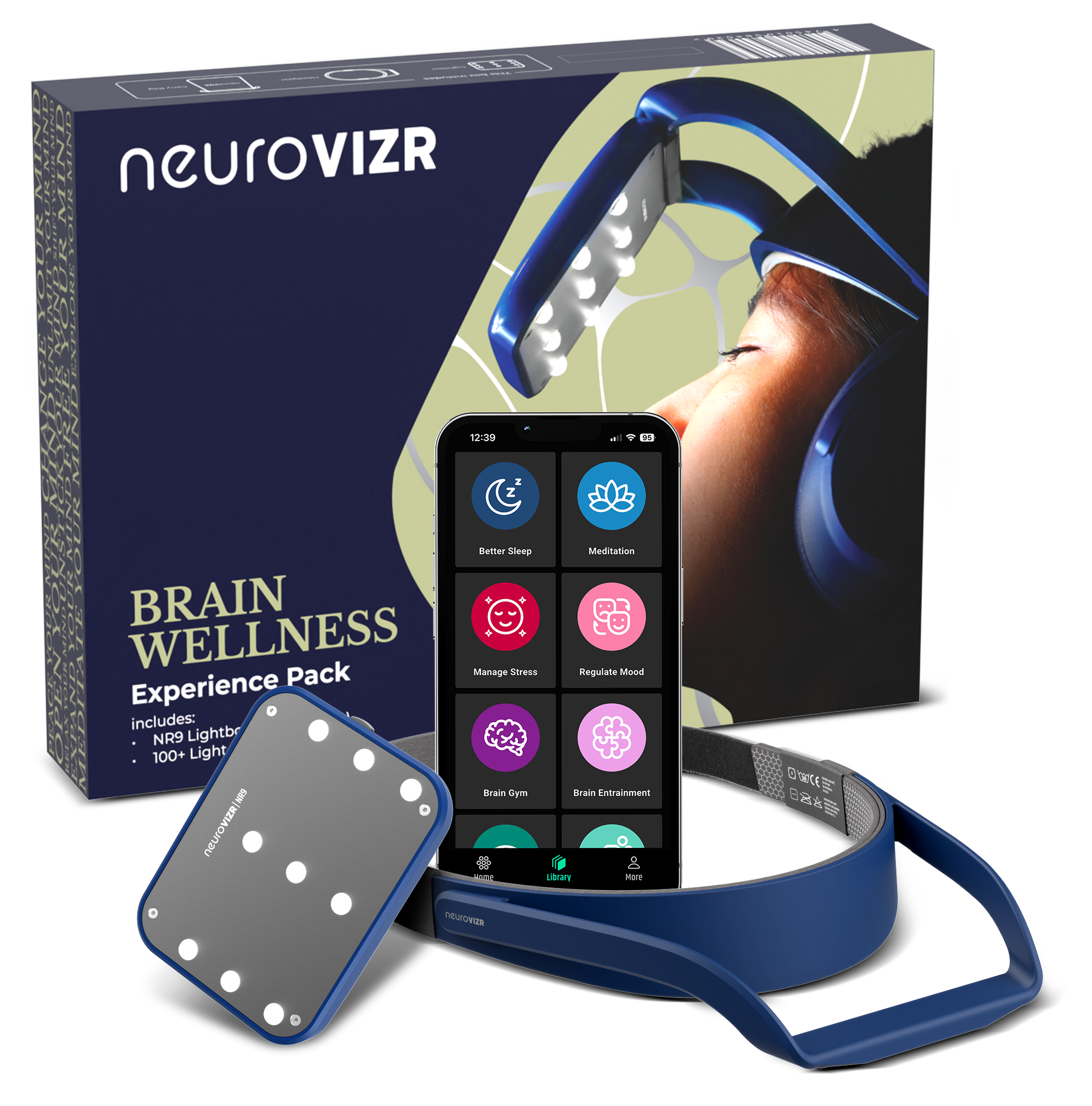

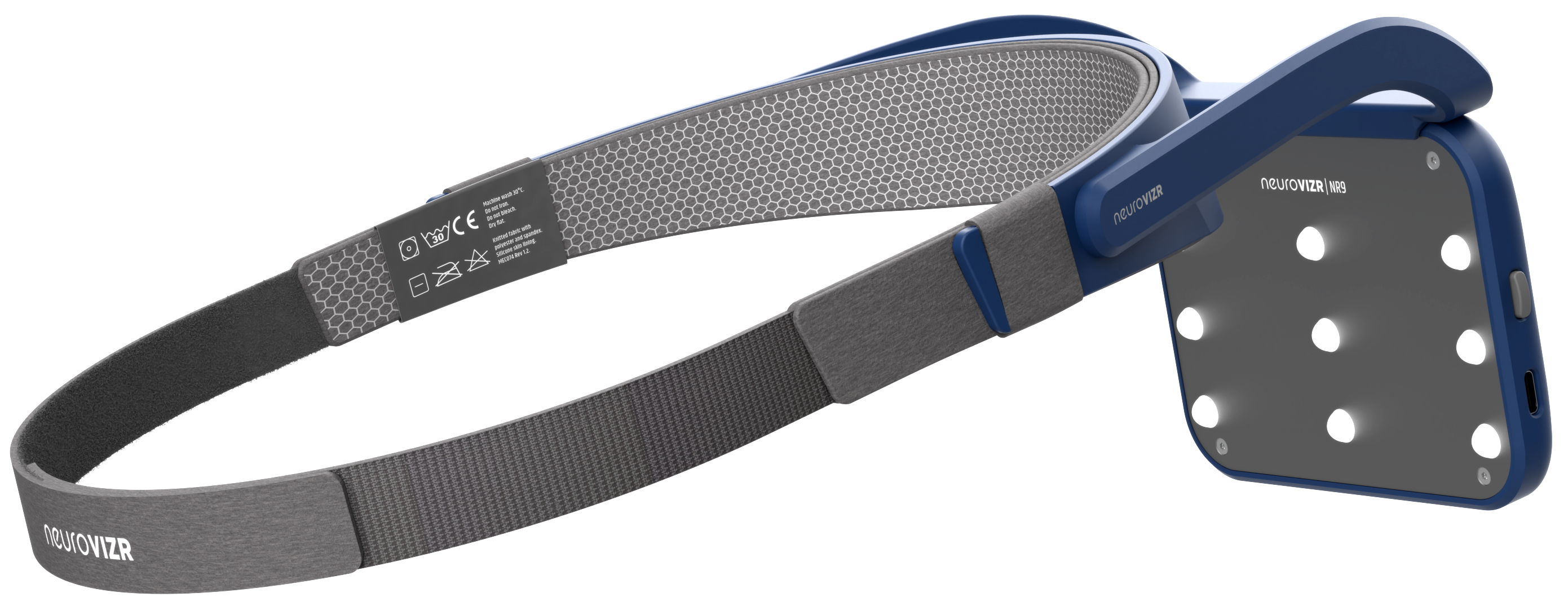
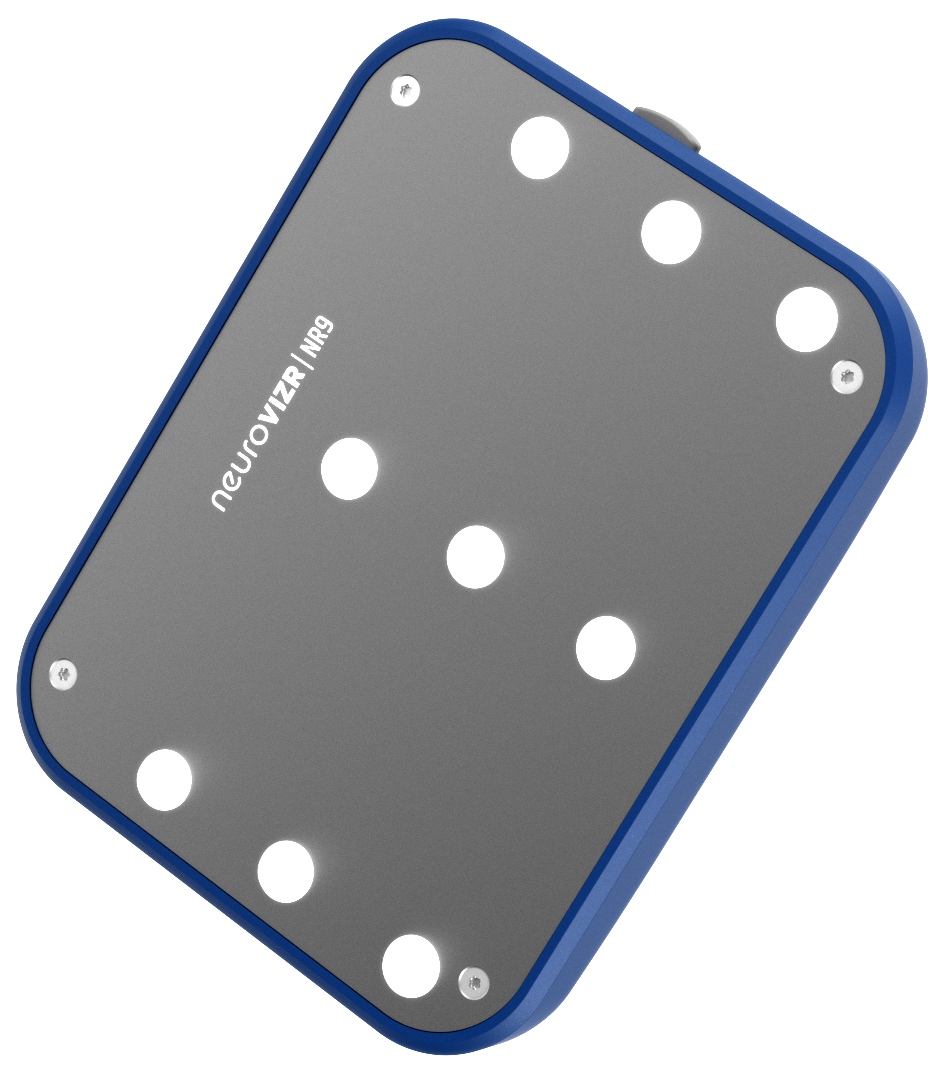
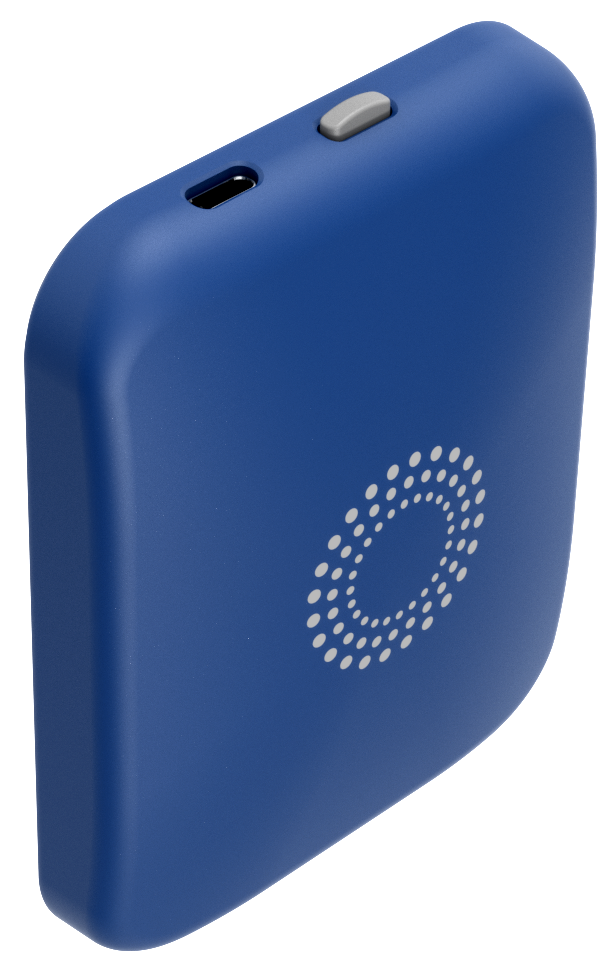
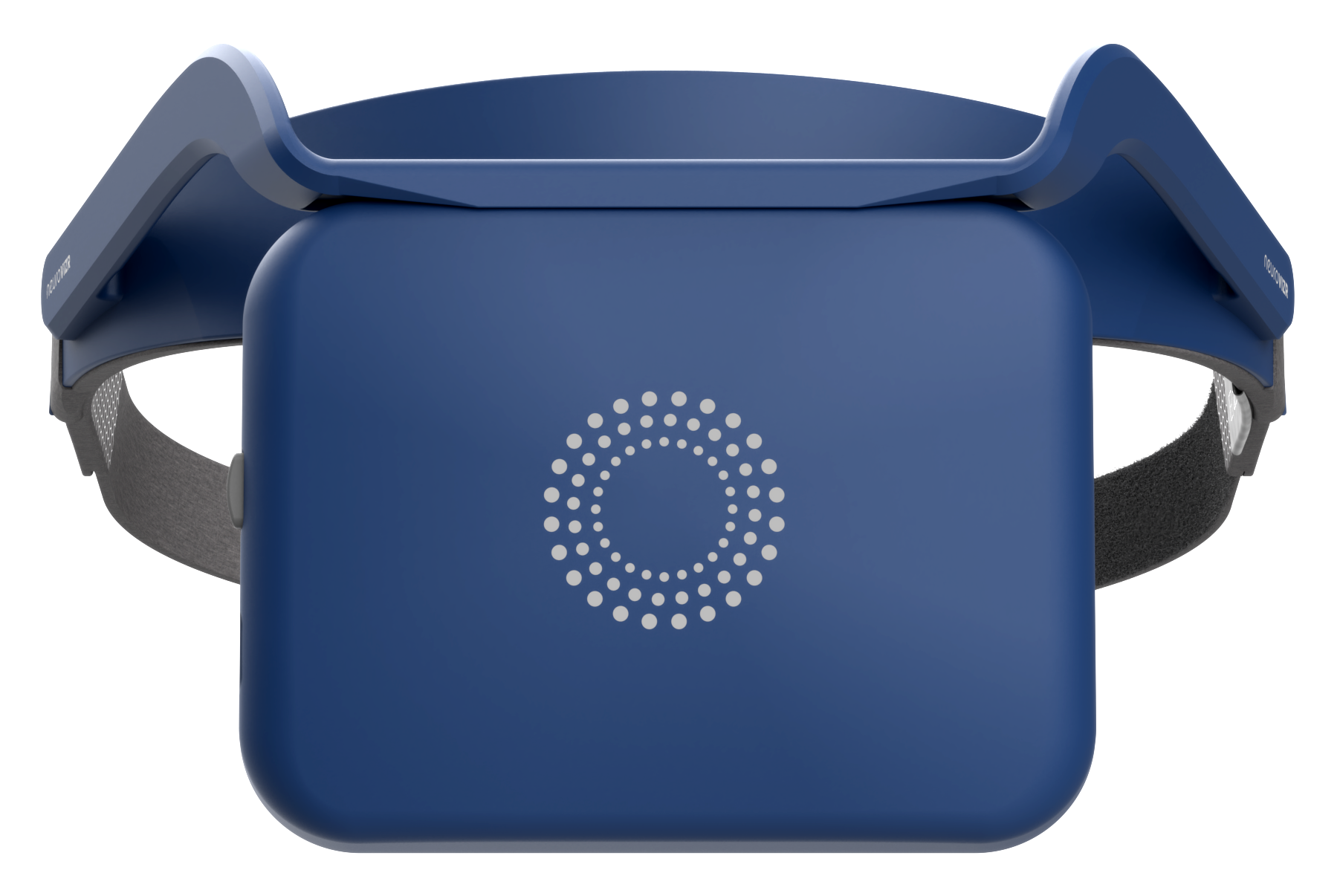
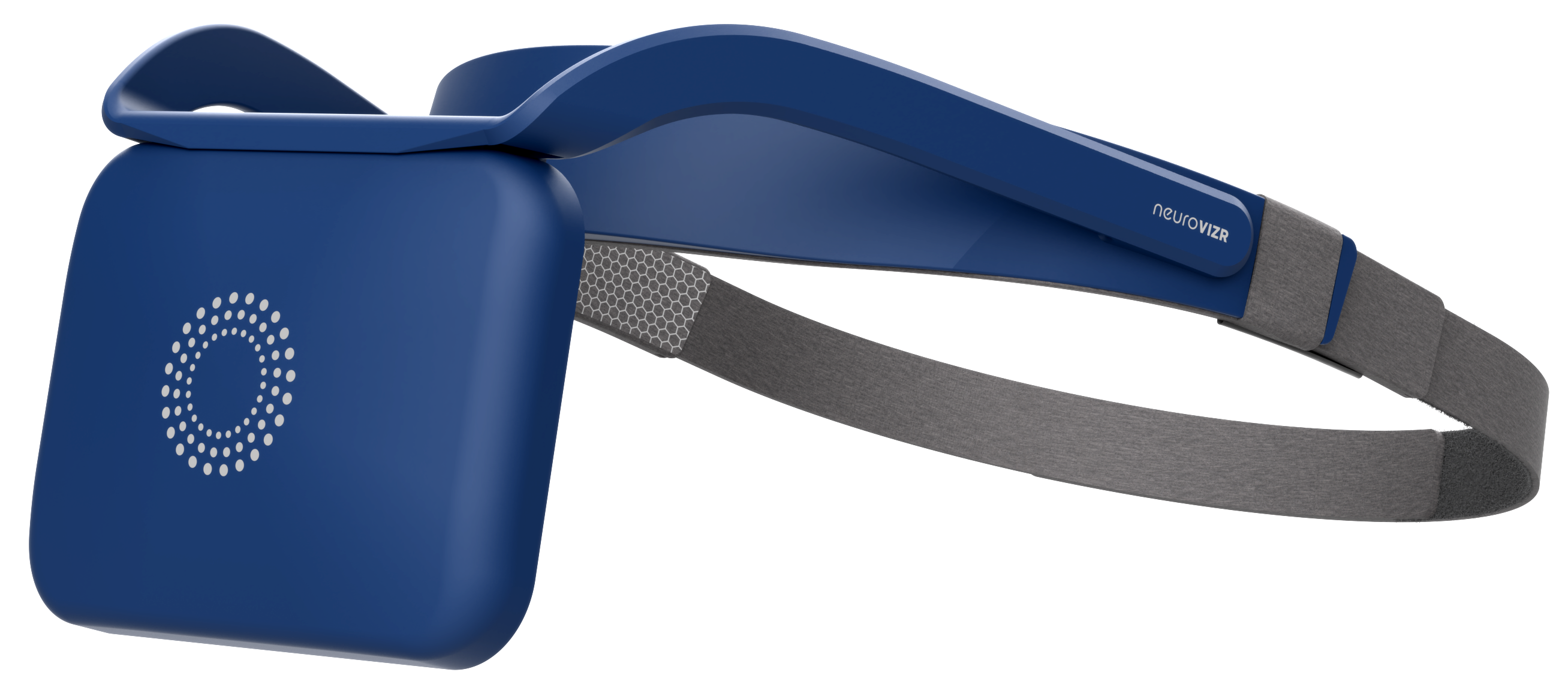

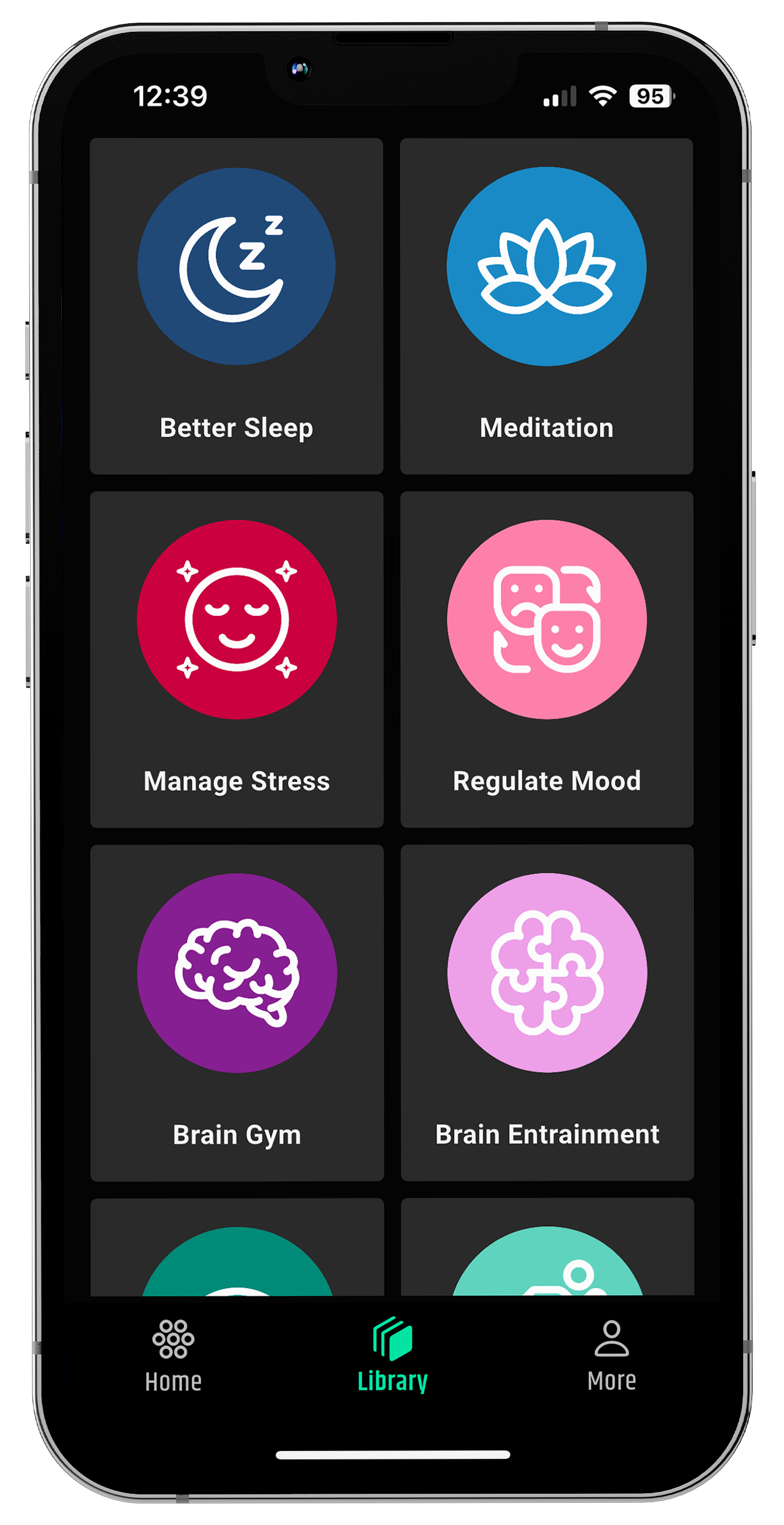
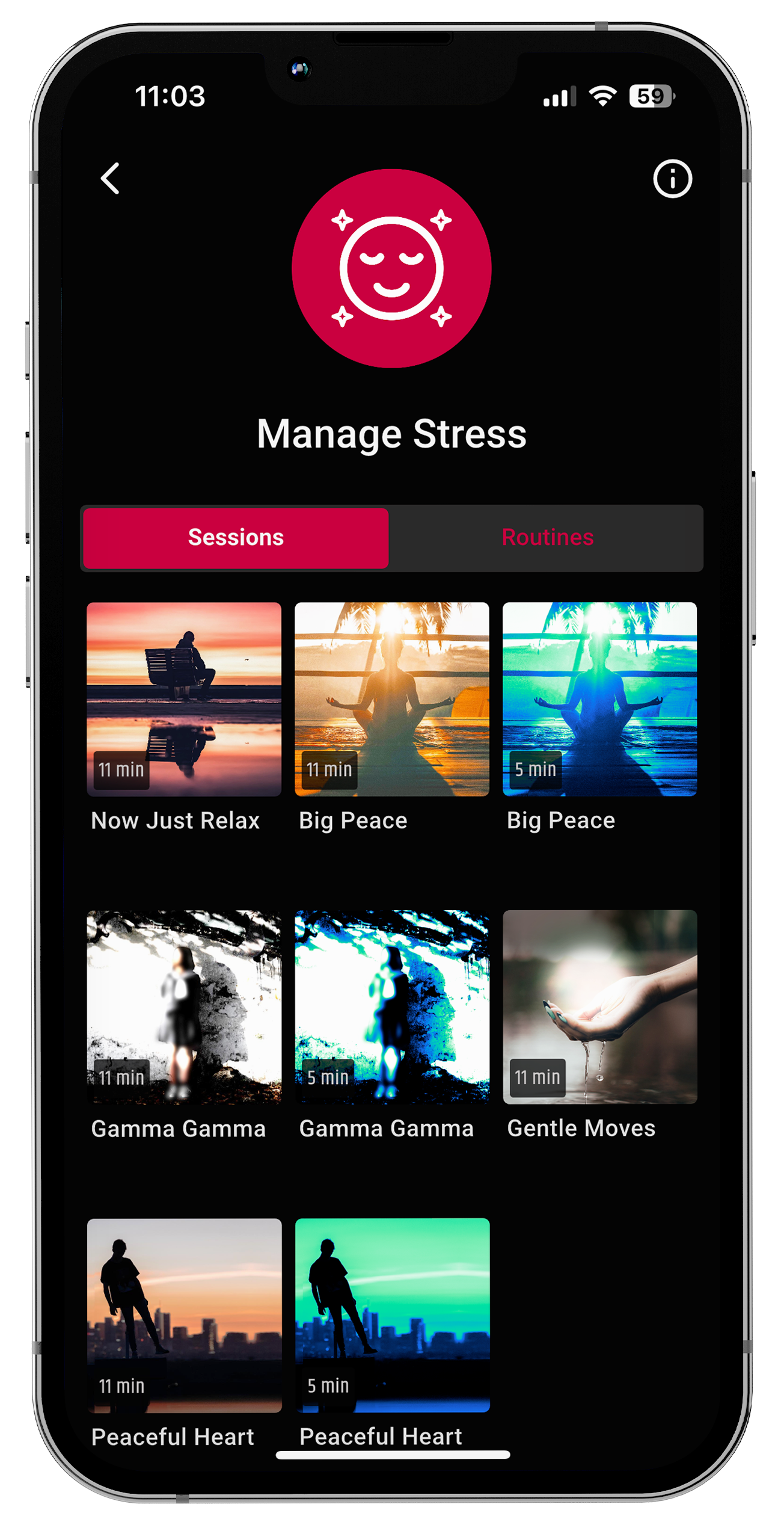
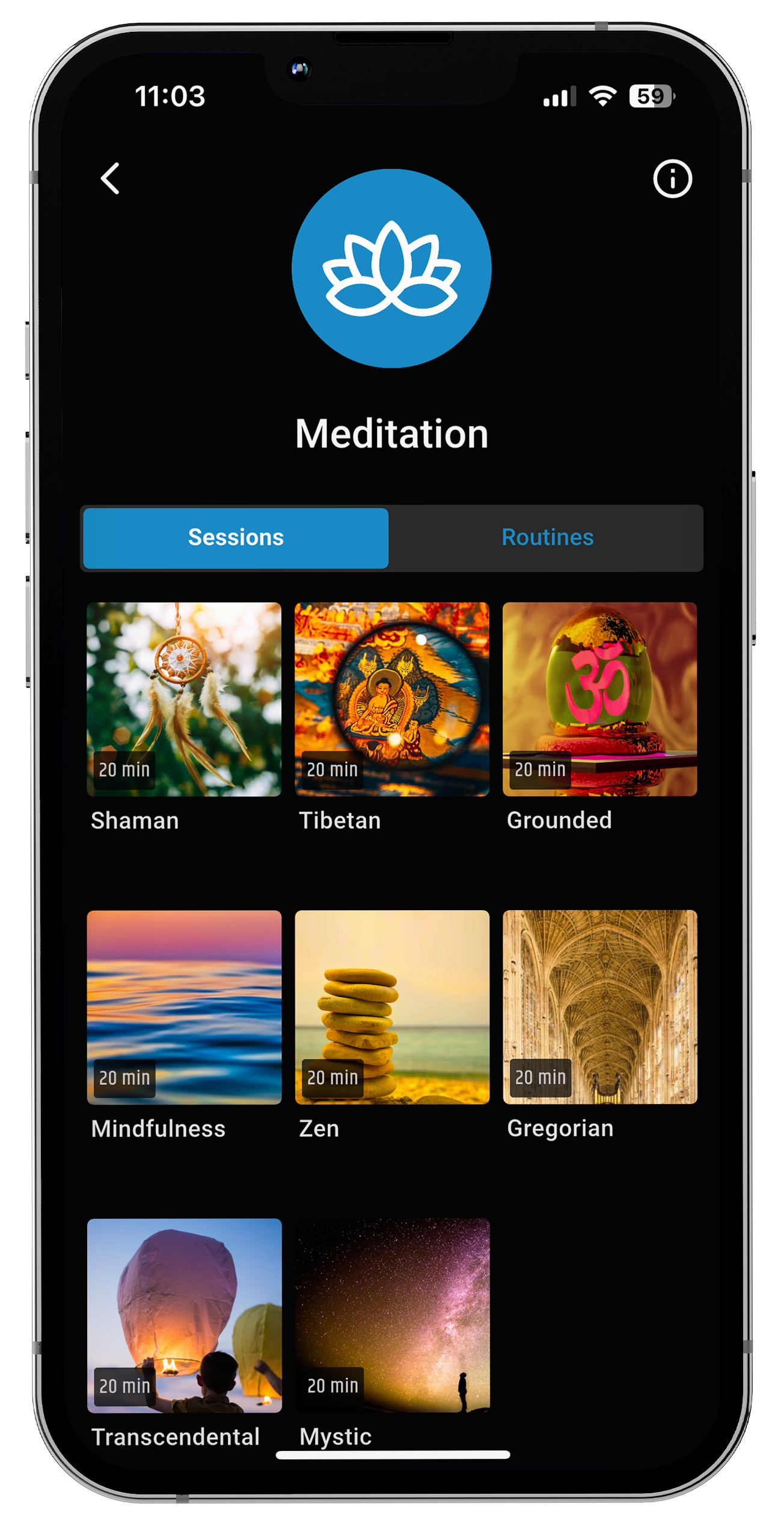
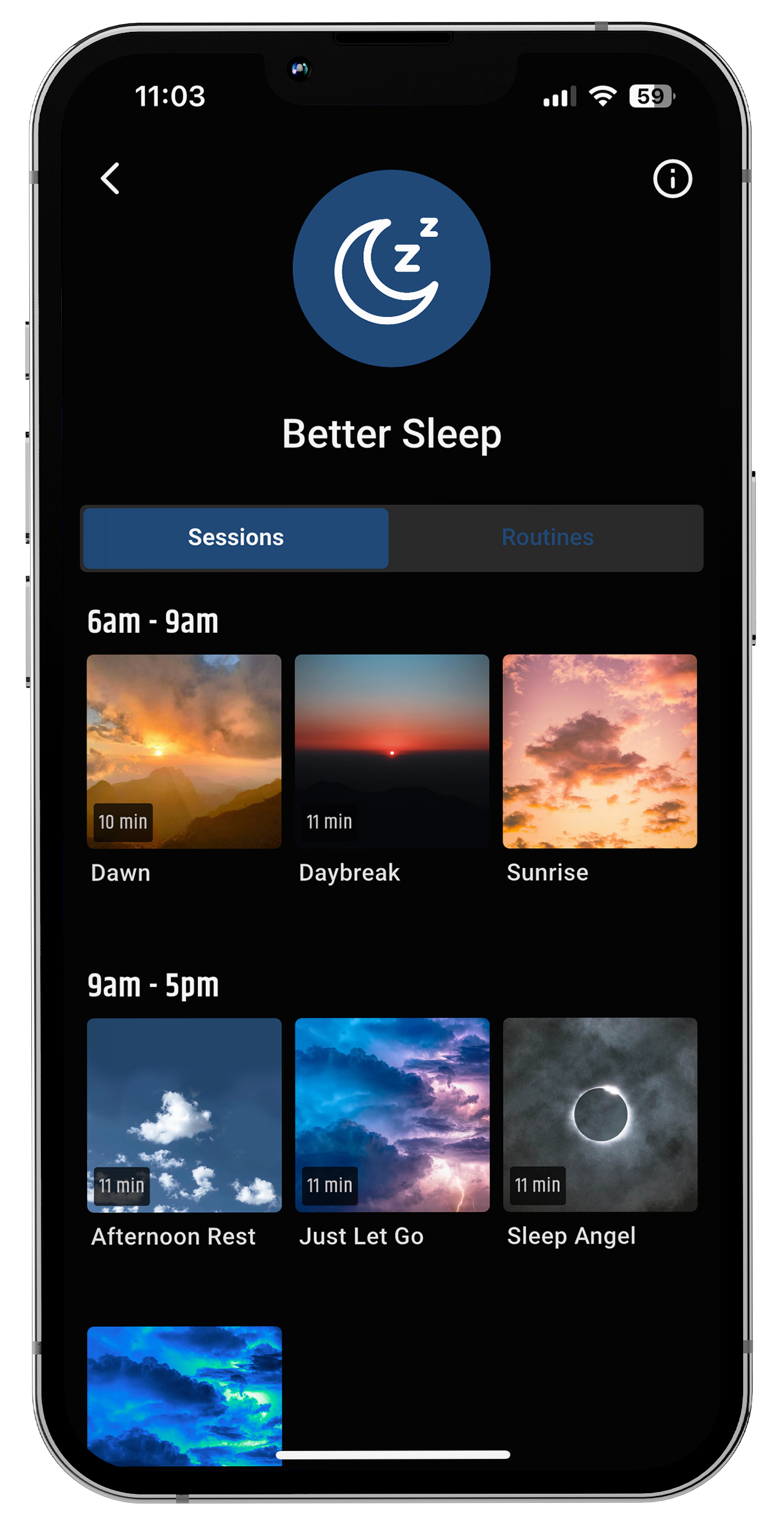
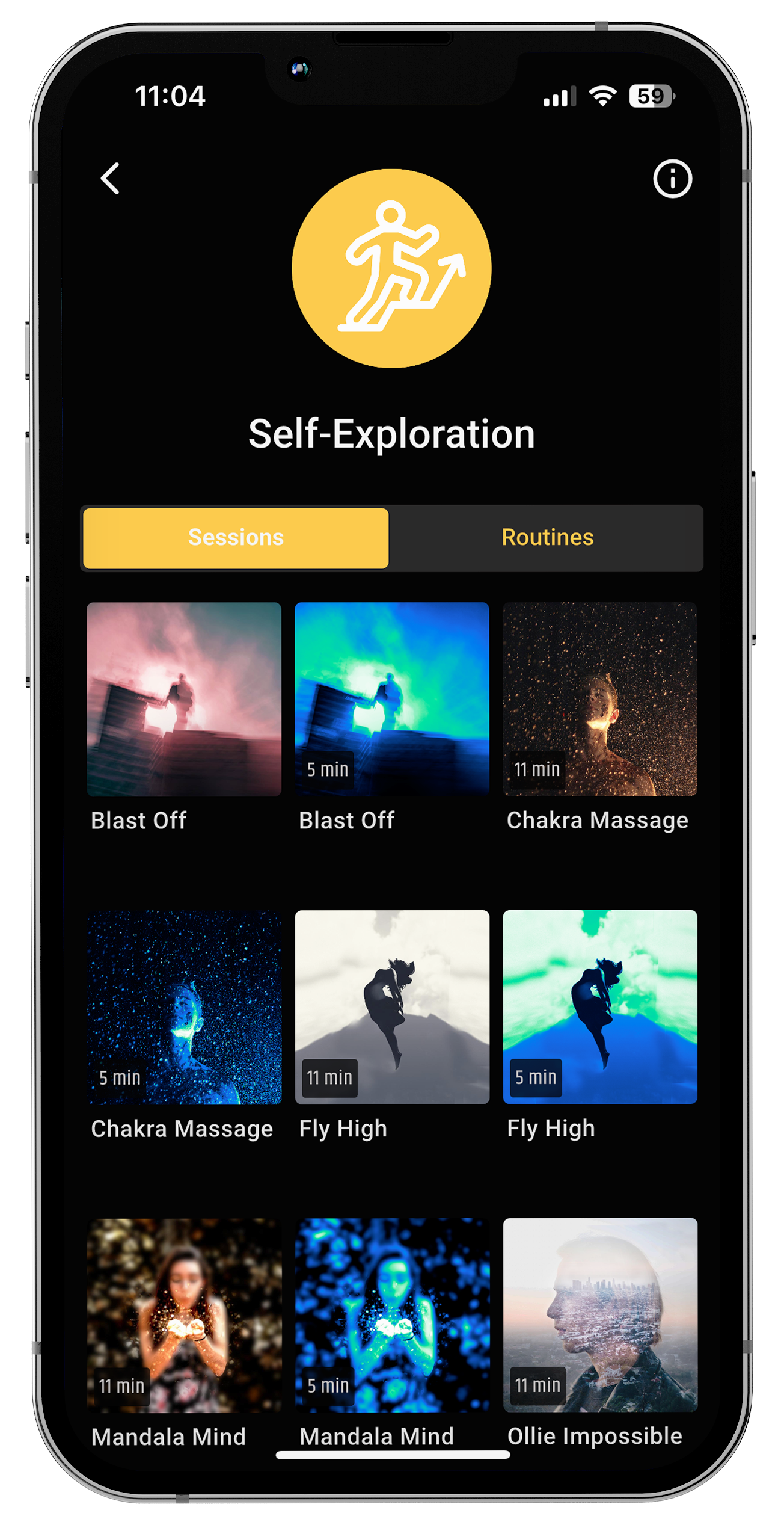
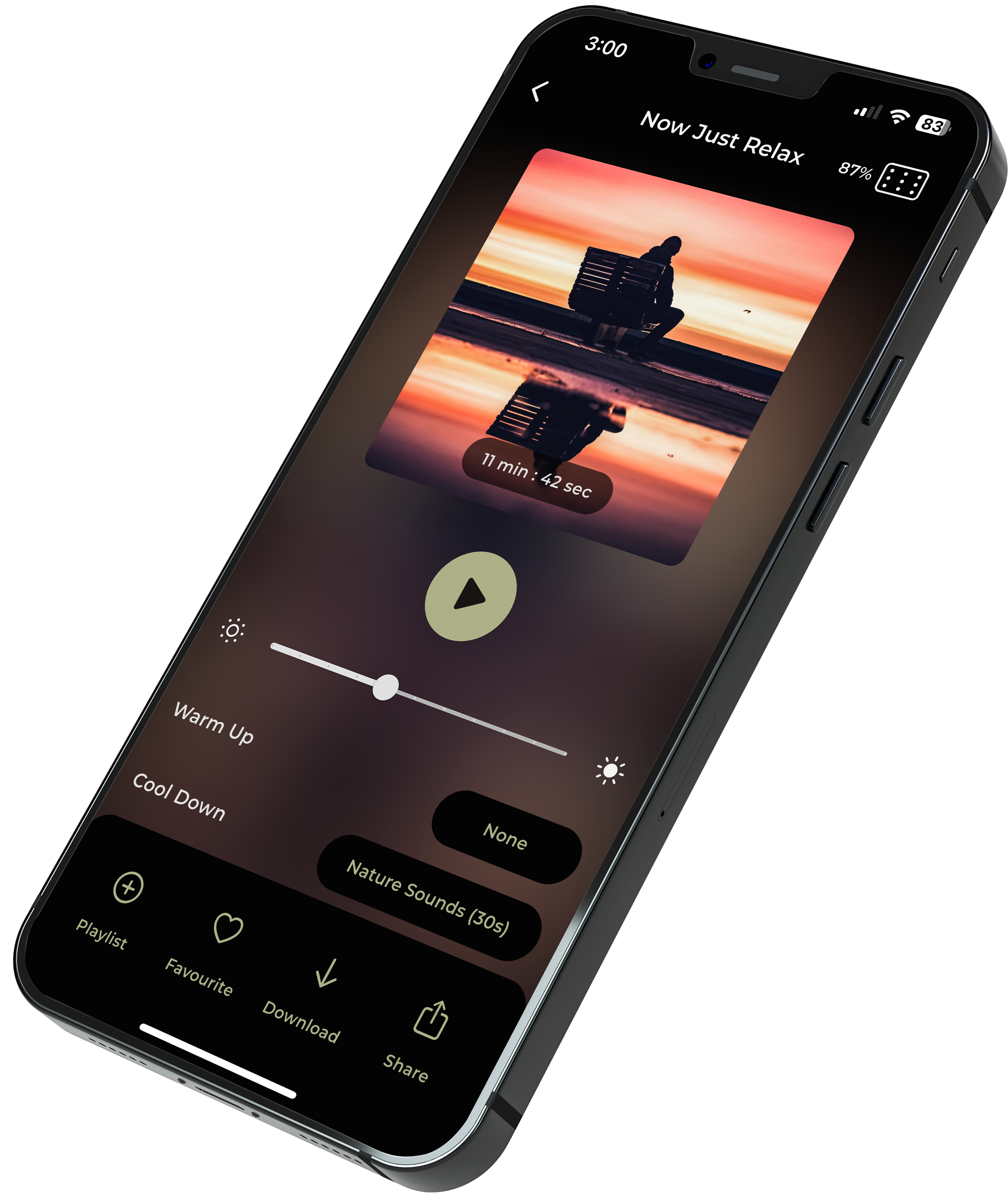







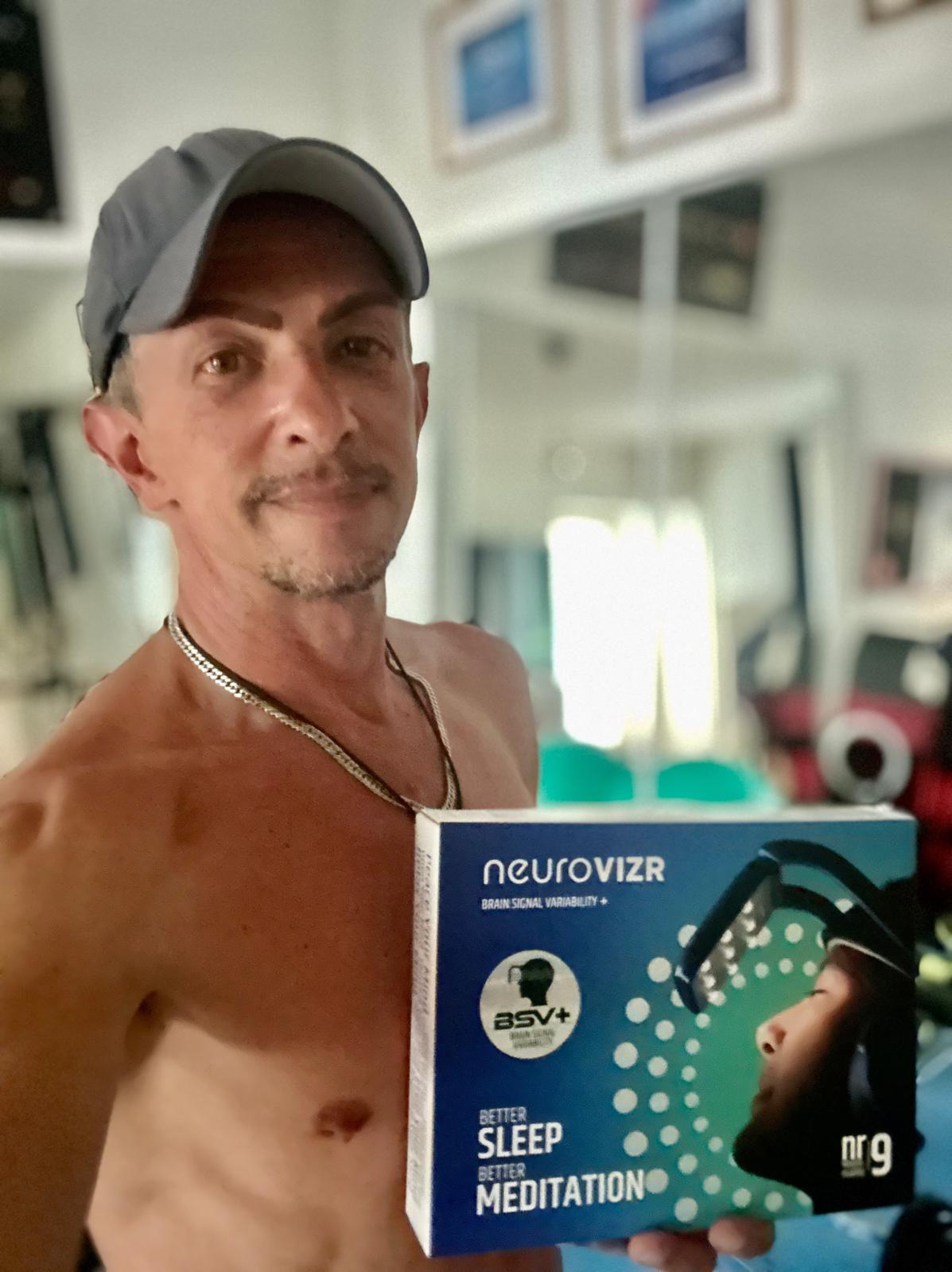
Teilen:
Wie Sie Koffein-Nervosität schnell loswerden: Natürliche Beruhigungstipps
Wie lange dauert ein Stresstest?